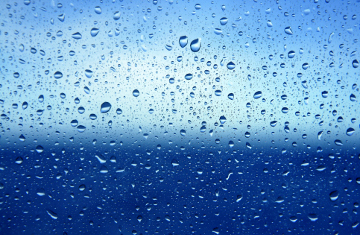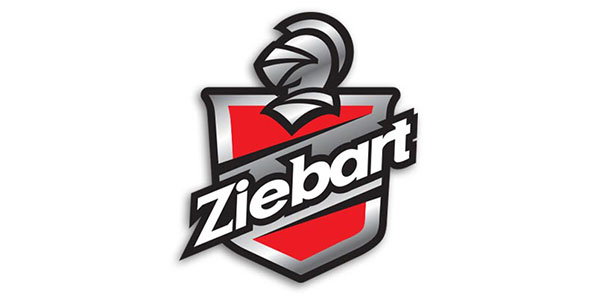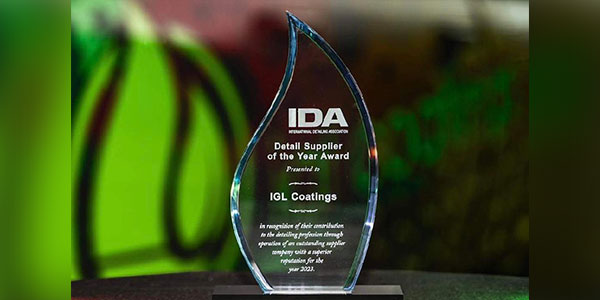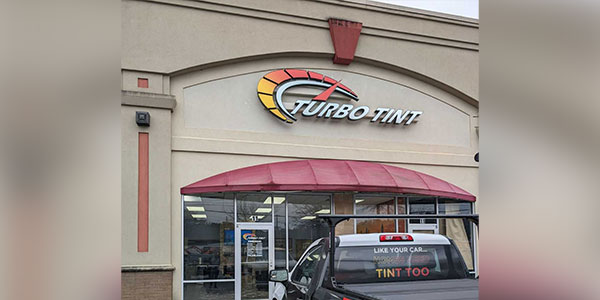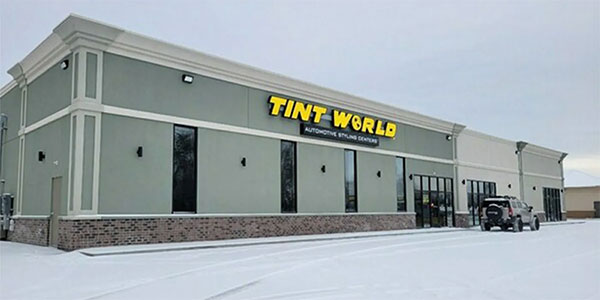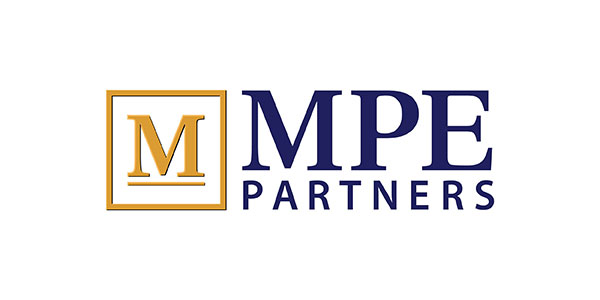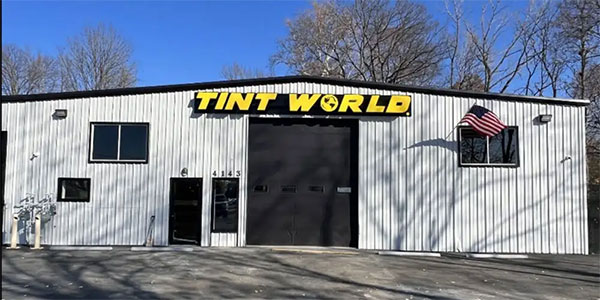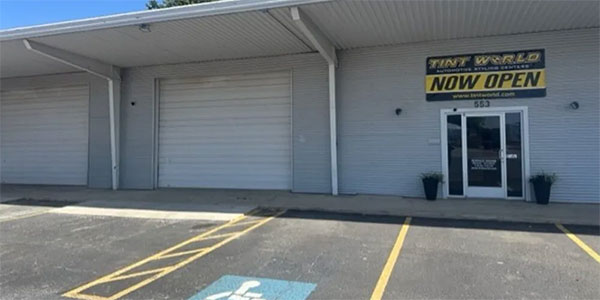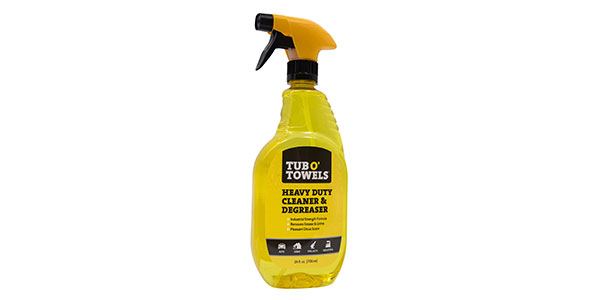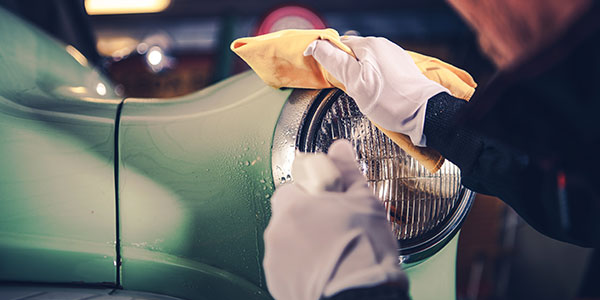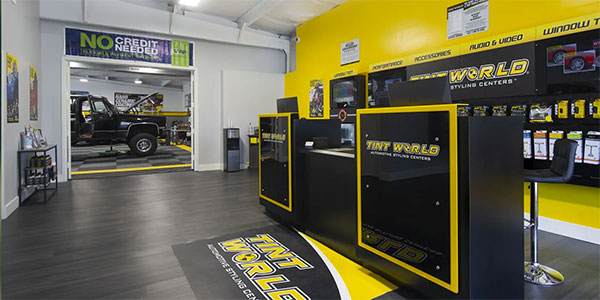This is the final part part in a seven-part series covering the repair process involved with acid rain and chemical etching.
For the purposes of this article, we will consider the following project: you are repairing a 1999 model vehicle. The paint has etch marks scattered across all of its horizontal surfaces, requiring that several large areas must be replaced. Please note that the items listed above (in particular, the paint thickness gauge), should be used in the following chemical etch repair process.

Finish buffing
Now you have to bring the dulled finish back to a shine by removing the sandpaper scratch marks. Some suppliers recommend a follow-up final sanding with 2,000 grit sandpaper then a micro-fine compound with a poly/wool pad. Then measure the film again and is should not be less than the 3.7.
Final repair steps
Now that you have repaired the damaged sections on the vehicle, wash it in preparation for final swirl removing/polishing and waxing. The swirl remover/polish will remove any buffer swirls and restore the gloss and shine. This polish should be used with a buffer at low speed and a clean foam polishing pad. Use the product sparingly, spreading it with the polishing pad or a sponge block. Buff the paint while holding the pad flat against the surface of the car letting the weight of the buffer do the work. When this is completed you can apply a coat of wax or paint sealant for final protection.
In most cases, using this or a similar process will eliminate the etching and still leave sufficient clear coat thickness to protect the base-coat without the need for repainting.
The three key points to keep in mind regarding this type of repair are:
- Differences in products usually mean differences in application methods. Always follow the manufacturer’s instructions exactly as written.
- No matter which product and process chosen, use a paint thickness gauge at the beginning and frequently during the process to make sure that you have not removed too much clear coat. You must know how to make the repair and when to stop.
- Removing more than .05 mil of clear coat is too much and does not leave sufficient protection for the base-coat. If more than .05 clear coat is removed and the base-coat is not disturbed, the repair area should be resprayed with clear coat. If the base-coat is disturbed, the repair area should be completely repainted.
Here are the other articles in this series:

